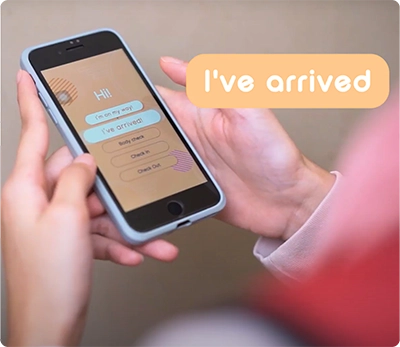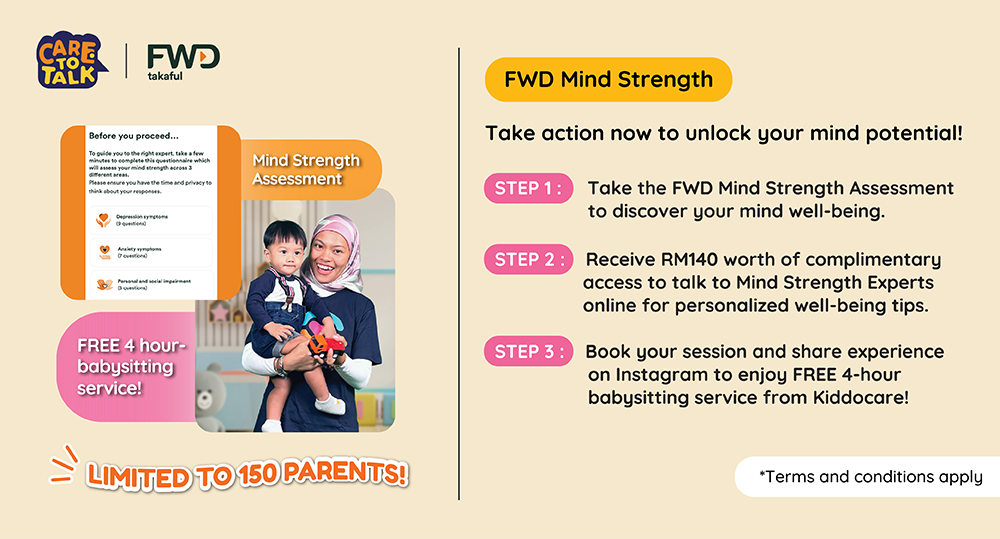Online vs Physical Class for Pre-Schoolers
Online vs Physical Class for Pre-Schoolers
With schools gradually reopening and some kindergartens and childcare centres already opening their doors, it is a welcome sigh of relief for many parents and children alike, as they have been cooped up at home for months. With online lessons being the substitute for the physical lessons that the children are forced to miss, it has drawn a mixed reaction from the public with many still preferring good ol’ traditional classes where teachers teach in front of a full class of attentive children. In case you’ve all forgotten how a physical classroom full of students and teachers feels, here’s what schoolchildren have been missing for a huge part of the past two years:
- The interaction
Being in a classroom, there is a higher chance for children to mingle around with their friends. As small children learn best via interaction and a lot of play (although more difficult with the new norms), it teaches them respect, tolerance and humility, and the way children carry themselves with their friends will set a marker for who they will become in the future. In contrast, online learning takes away all the human elements of interaction as small children are just always in front of their screen. Plus, no learning atmosphere beats that of a real classroom full of enthusiastic children raising their hands to answer questions and laughing together at something funny.
- The attention
Okay, in a classroom it’s almost impossible for teachers to give special attention to all children but it is even more difficult in an online setting. Teachers are often unsure in online classes if the children are paying due attention, and it’s also well known that small children don’t always have the attention span to last for the entire period of study. In a physical setting, the birds-eye view that teachers have on the children will enable them to ensure that the children are participating actively (after all, teachers can walk around) and still zero in on the weaker children whom they know will struggle with the activity.
- The discipline
With the space of the teacher’s desk and outside the classroom, it’s also a lot easier to pull misbehaving children aside for a pep talk so that they mind their ways the next time. It’s virtually impossible (pun intended) online where children who disrupt the class are often only given a verbal warning. Matters such as discipline and punctuality should be taught and enforced since a very young age, so having the children back in physical classes means it is easier for teachers to monitor their behaviour and educate them the right ways to behave. Sometimes, the very presence of teachers itself is enough to discipline the children in school.
- The life itself
Ah… the innocence of a child. The nursery rhymes, ABC’s, 1-2-3’s, their constant reaction of awe when teachers show them something new, the songs and dances, the arts and craft. Sure, it’s all still possible online, but you know the drill. It’s always log in, log out, homework. And repeat. A one-dimensional learning atmosphere where teacher delivers and child absorbs. But that’s not exactly the spirit of preschool, isn’t it? It’s a place children learn via fun and play with other children, a place where they are taught their very first knowledge in life through plenty of stimulation and interaction. Would an online setting be able to provide all these holistic values?
With all the things above which children have been missing out, it’s indeed time that we move on with things. While their concerns are surely valid, parents should strike a balance between keeping their children safe and also allowing them to enjoy themselves by educating their children to always be vigilant. After all, preschool is only a very short period of time, so let the children enjoy themselves!








































